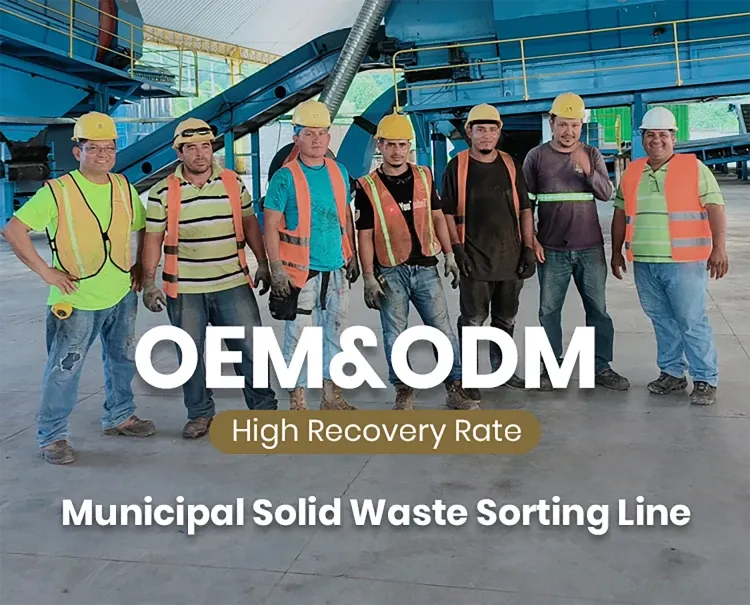

Spa . 22, 2024 12:21 Back to list
How to Recycle Printed Circuit Boards (PCBs)
In our modern world, printed circuit boards (PCBs) are essential components found in virtually every electronic device. From smartphones to computers, these boards are critical for connectivity and functionality. However, with the rapid pace of technology and the frequent obsolescence of devices, recycling PCBs has become increasingly important to mitigate environmental impact. This article explores the process of recycling PCBs, the benefits of doing so, and best practices for effective recycling.
Understanding PCBs
PCBs are composed of several layers of materials that include copper, plastics, and various metals. These materials can be hazardous if disposed of improperly, as they may leach toxic substances into soil and waterways. With the growing amount of electronic waste (e-waste) generated globally—over 50 million tons annually—finding sustainable ways to recycle PCBs is crucial for both the environment and public health.
The Recycling Process
Recycling PCBs involves several steps designed to safely extract valuable materials while minimizing environmental harm. Here's a detailed look at the typical recycling process
1. Collection and Transportation The first step is collecting discarded electronics that contain PCBs. This can be done through various e-waste recycling programs, municipal collection events, or drop-off centers.
2. Dismantling Once collected, the devices are taken to a recycling facility where they are carefully dismantled. This process involves removing the PCBs from their housings, along with other components such as batteries and plastics.
3. Mechanical Processing After dismantling, the PCBs undergo mechanical processing, which typically involves shredding and grinding. This helps to break down the boards into smaller pieces, making it easier to separate the different materials.
4. Separation of Materials The shredded material then goes through various separation techniques. Common methods include - Magnetic Separation This is used to extract ferrous metals. - Eddy Current Separation This technique is effective for non-ferrous metals. - Float-Sink Method This aids in separating plastics from metals based on their densities.
5. Chemical Processing For some methods of recycling, especially those targeting precious metals like gold, silver, and palladium, chemical processing may be employed. This involves the use of acids or other solvents to dissolve unwanted materials and recover metals.

6. Refining After materials have been successfully separated, they undergo refining processes to ensure purity. For instance, extracted metals might be smelted to remove impurities, resulting in high-quality materials ready for reuse.
7. Reintegration into Production Finally, the recycled materials can be reintegrated into the manufacturing process, helping to create new products and reducing the demand for virgin resources.
Benefits of Recycling PCBs
Recycling PCBs presents numerous advantages
- Environmental Protection Recycling reduces the volume of e-waste that ends up in landfills, where it can contaminate soil and water with hazardous substances. - Resource Conservation Valuable materials such as copper, gold, and silver can be reclaimed and reused, decreasing the need for mining and reducing overall resource depletion. - Economic Opportunities The growing e-waste recycling industry creates jobs and stimulates the economy while promoting sustainable practices.
Best Practices for Recycling PCBs
To ensure effective recycling of PCBs, individuals and organizations can adopt the following best practices
- Educate and Inform Awareness campaigns can help inform the public about the importance of recycling electronics and how to do it responsibly. - Use Certified Recyclers Always choose certified e-waste recyclers who adhere to environmental regulations and best practices. This ensures that your PCBs are processed safely and effectively. - Participate in E-Waste Drives Engage in community programs that facilitate the collection and recycling of electronic waste, ensuring proper handling of PCBs.
Conclusion
Recycling printed circuit boards is a vital aspect of managing electronic waste responsibly. By understanding the recycling process, recognizing its benefits, and participating in effective practices, individuals and organizations can contribute to a more sustainable future. As technology continues to evolve, prioritizing the recycling of PCBs will aid in conserving resources and protecting the environment for generations to come.
Latest news
Troubleshooting Common Eddy Separator Problems
NewsJul.04,2025
The Role of Metal Recycling Plants in Circular Economy
NewsJul.04,2025
The Impact of Recycling Line Pickers on Waste Management Costs
NewsJul.04,2025
Safety Features Every Metal Shredder Should Have
NewsJul.04,2025
How Industrial Shredders Improve Waste Management Systems
NewsJul.04,2025
How Cable Granulators Contribute to Sustainable Recycling
NewsJul.04,2025